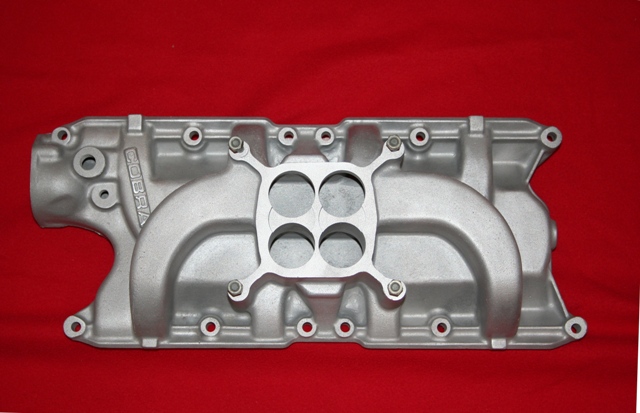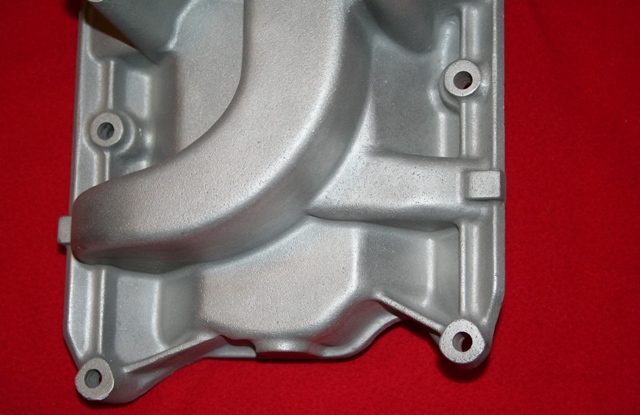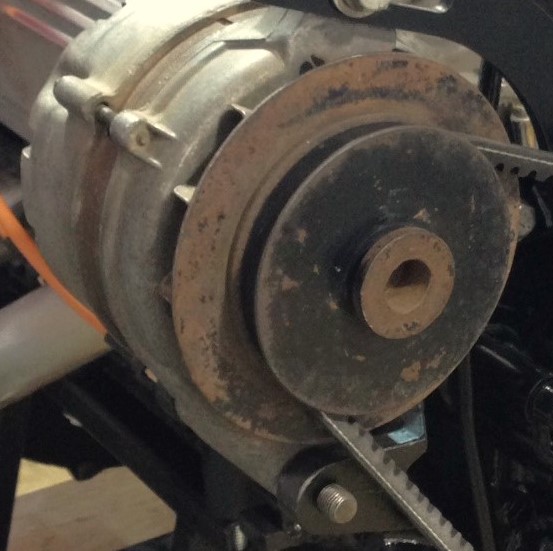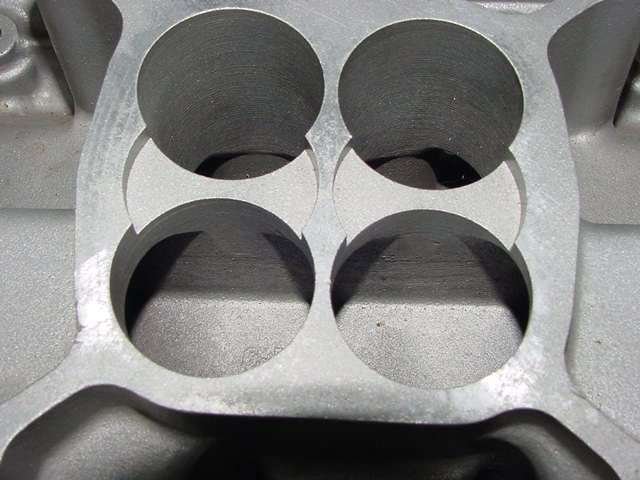Quote from: csxsfm on December 19, 2023, 09:39:49 PM
Is there a Hi-Rise version of the Cobra manifold without the pvc port?
Yes. It was apparently not intended for street use because it had no provision of any kind for a PCV system fitting. It also had the fly cut reliefs between banks on the carburetor mounting flange as Shelby American did for the racing GT350 intakes later. All new Cobras with stock HP289 engines used PCV systems, even with optional 4V and 2-4V induction systems.
This version has very thin as cast port walls. They are fragile. I know I have located six of them and only two were not cracked at one of the carburetor fixing stud bosses, one still never installed and one still right where a dealer installed it in 1965.


The new unused one was ordered post delivery by a late 1964 Cobra buyer and never installed. We purchased the intake directly from that original owner.
The dealer installed one was ordered and installed in a 1965 Cobra during 1965. Without any provision for a PCV fitting the dealer installed a road draft tube for crankcase ventilation. As of early 2020 when I was examining it, it was still installed right where it was bolted down in 1965.



